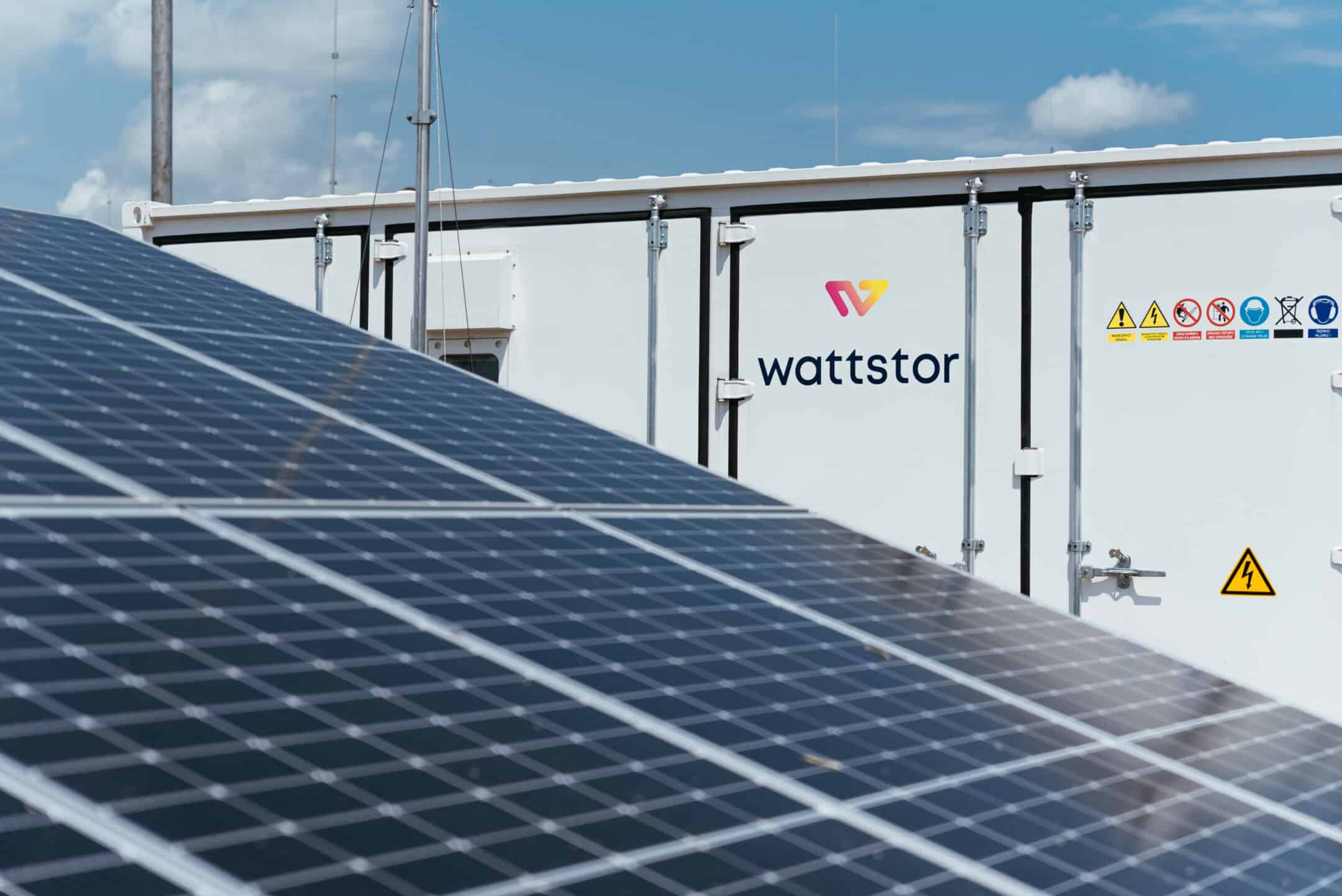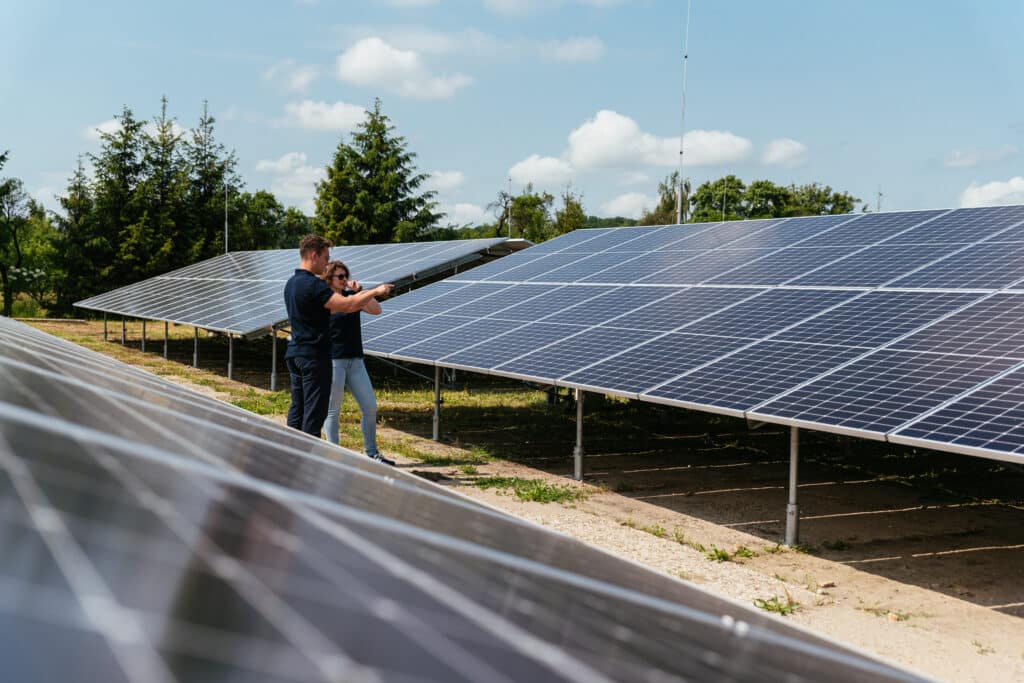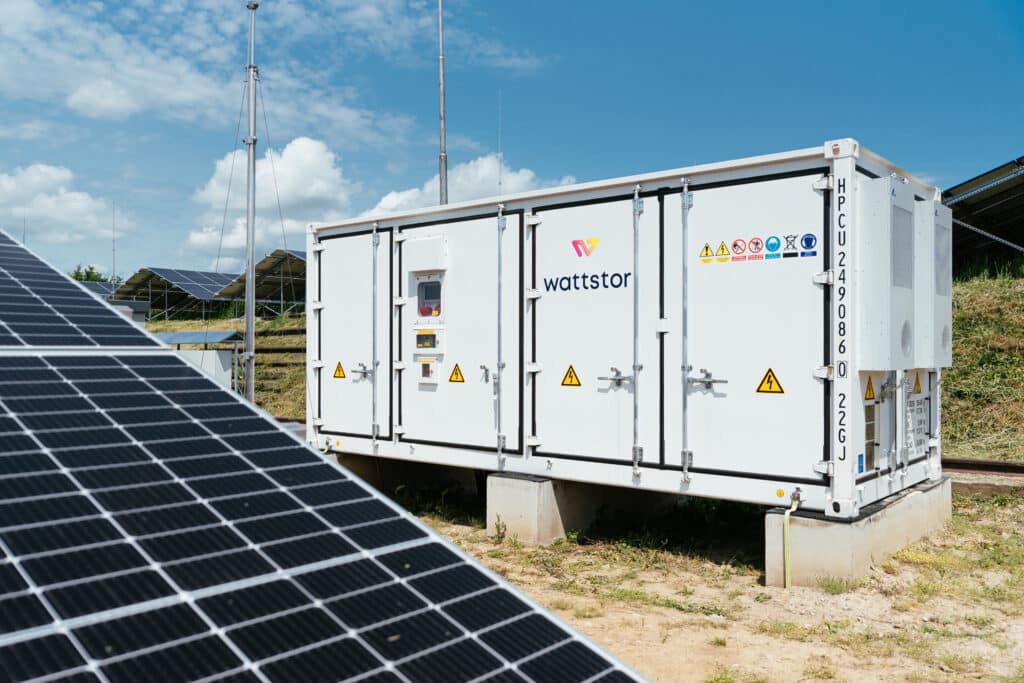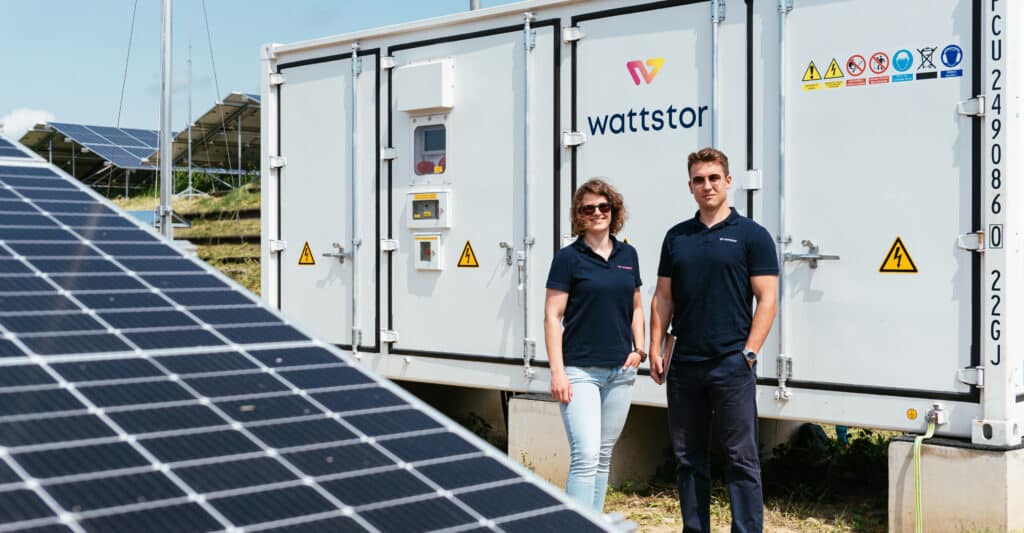For manufacturers, energy costs have become a moving target. In the past two years alone, wholesale electricity prices in the UK and across Europe have surged and collapsed multiple times in response to global supply shocks, weather conditions and market volatility. For energy-intensive production lines, these swings aren’t just inconvenient, they threaten margins, forward planning and in some cases, business continuity.
Onsite renewable generation is increasingly seen as the most effective defence. By producing electricity where it’s consumed (and combining it with battery storage and smart energy management) manufacturers can lock in greater price stability, reduce their dependency on the market, and move closer to sustainability targets without sacrificing profitability.
In this article, we’ll look at the real cost of price volatility for the manufacturing sector. We’ll show how onsite generation and storage help mitigate those risks. We’ll also outline practical steps to design, finance, and implement a system without disrupting operations.
The risk of energy price spikes for British manufacturers
Energy price spikes happen due to several factors: sudden demand surges, the intermittency of grid renewables (especially during extreme weather), and market shocks from gas and geopolitical issues. The result is manufacturers locked into contracts at peak rates, forced to absorb cost swings that international competitors are shielded from through regulated pricing or state intervention.
From our experience, we know that UK manufacturers are facing an era of unpredictable energy costs, with price spikes that can hit overnight and linger for months, directly impacting the margins and competitiveness of production businesses.
These surges aren’t just media hype either. In 2024/25, UK industrial energy users are paying £66/MWh for electricity compared to Germany’s £50/MWh average. For many, it’s not just a line on a bill: it’s the difference between securing investment or seeing operations stall.
Recent reports show the impact all too clearly. In the UK, high energy costs have begun to discourage international investment, trigger relocation of production, and stall decarbonisation projects awaiting new grid connections. Meanwhile, German manufacturers – still exposed, but paying less – are slightly better positioned to weather volatility and plan new investments.
This environment leaves British manufacturers at a crossroads: accept the cost risk and lose ground, or change the system by producing and managing energy onsite.
How onsite renewables help protect against price spikes
Onsite renewables refer to clean energy systems like solar panels, wind turbines, or biomass generators that are installed at a manufacturing facility allowing businesses to generate electricity directly where it’s consumed. Unlike electricity purchased from the wider grid, onsite renewables give manufacturers direct control over their energy supply, reducing exposure to market volatility, and offering increased energy independence and reliability.
These systems operate “behind the meter,” meaning the energy produced is used onsite or stored in batteries for future use, with any surplus sold back to the grid. By producing power on premises, manufacturers avoid the unpredictable price swings typical of grid electricity and position their operations for long-term resilience and cost stability.
Start by adding a battery energy storage system
Battery energy storage gives manufacturers the ability to “time-shift” electricity usage, charging up when onsite renewables are generating power or grid prices are low, and discharging during peak price periods or demand surges.
This makes it possible to flatten operational costs and maintain consistent production, even when the market is volatile. Energy storage also increases facility resilience, providing backup power and supporting processes that require an uninterrupted supply.
Then integrate with a smart EMS like Podium
Smart Energy Management System (EMS) like Wattstor’s Podium operates as the data-driven hub of the entire energy system, automatically analysing site demand, renewable generation, battery status, and real-time market pricing.
By using advanced algorithms, Podium orchestrates when to consume, store, or even export power, ensuring every kilowatt delivers measurable savings. This “smart” optimisation is fully automated meaning operational teams remain hands-off while the system constantly seeks out the best value across every available energy source.
Finally unlock cost savings with dynamic energy tariffs
Wattstor’s Price Protect tariff gives manufacturers the benefits of variable pricing (taking advantage of market dips) while capping exposure should prices spike. This tariff automatically adjusts rates to always be lower than the market average. It enables businesses to realise cost savings when supply is cheap, and stay protected by an agreed ceiling when volatility hits.
The combination of onsite renewables, battery storage, smart EMS, and Price Protect creates a robust long-term energy strategy: facilities are shielded from unexpected costs while positioned to profit from their own clean generation.
Overarching benefits for UK Manufacturers
Here are the key benefits for UK manufacturers investing in onsite renewables and battery storage systems fully funded by Price Protect – the renewable energy tariff.
(1) Stable energy costs and market protection
Onsite renewables paired with battery storage allow manufacturers to generate and store their own electricity, using it when grid prices spike. This shields operations from market volatility and puts budgeting back in the hands of site leaders, making costs more predictable over time.
(2) Revenue from exporting surplus power
When generation exceeds need, manufacturers can export surplus electricity to the grid or join demand response schemes. This turns energy into a new income stream. With flexible tariffs and smart controls, businesses can profit when local or grid demand is high. That adds extra commercial value to every kilowatt produced.
(3) Greater energy independence and resilience
By relying less on the grid and more on self-generated renewable energy, businesses lower their exposure to supply disruptions. They also become less vulnerable to price shocks and power outages. Battery systems provide a strong backup to keep production running during external interruptions. This boosts operational security and reliability.
(4) Progress towards net zero goals without sacrifice
Onsite renewables and storage help companies cut carbon emissions and tick off net zero commitments without limiting growth or profitability. These technologies enable maximum use of clean power generated on site. They reduce reliance on fossil fuels and demonstrating clear progress toward environmental targets.
How to get started?
Making the shift to onsite renewables isn’t one big giant leap. It’s a series of practical steps tailored to each manufacturing site. The following tried-and-tested process is designed to minimise disruption and deliver rapid commercial value from day one. Here’s how a typical project unfolds when you engage with specialist engineering experts.
Start with a site assessment and load analysis
Every manufacturing site is unique. The first step is a practical review of your building’s layout and available roof or land space. It also includes a detailed analysis of your electricity usage over a typical day and year. The goal is to find where onsite renewables and battery storage can deliver the biggest commercial impact. At the same time, the system must match your operational realities.
Designing the best renewable system
With your energy profile mapped, technical specialists can model different system sizes and combinations. These range from solar PV or wind to hybrid set-ups with integrated battery storage. Designs should be fully tailored, avoiding disruption, and set up to work with your existing infrastructure. The best solutions make future expansion easy as needs change.
Understand ROI and payback periods
Reliable financial modelling uses your operational data alongside market-tested whitepaper examples. This gives a clear forecast of savings, return on investment, and payback period – crucial for board-level decision making. A robust model should factor in maintenance, energy export options, and evolving market prices for true commercial transparency.
Wattstor provides fully funded onsite energy systems so manufacturers can transition to clean energy without upfront capital costs. Through a partnership contract, Wattstor designs, installs, and operates renewables and battery storage. Clients pay only for the energy they use, at guaranteed rates below the market average and protected by a price cap.
This structure removes financial and operational barriers, delivers measurable savings from day one, and assures CFOs that energy risk is managed while growth and sustainability targets are met.
Conclusion
Find out what your site could save with no upfront costs or risk. Connect with our expert sales team today to see if a fully funded renewable energy system and Price Protect tariff is right for your business.
Sales: [email protected]
Know someone who'd be interested in this? Why not share it:



